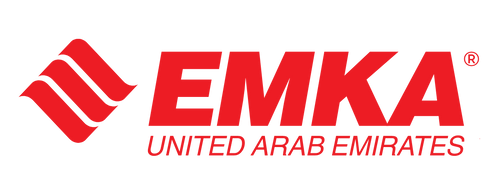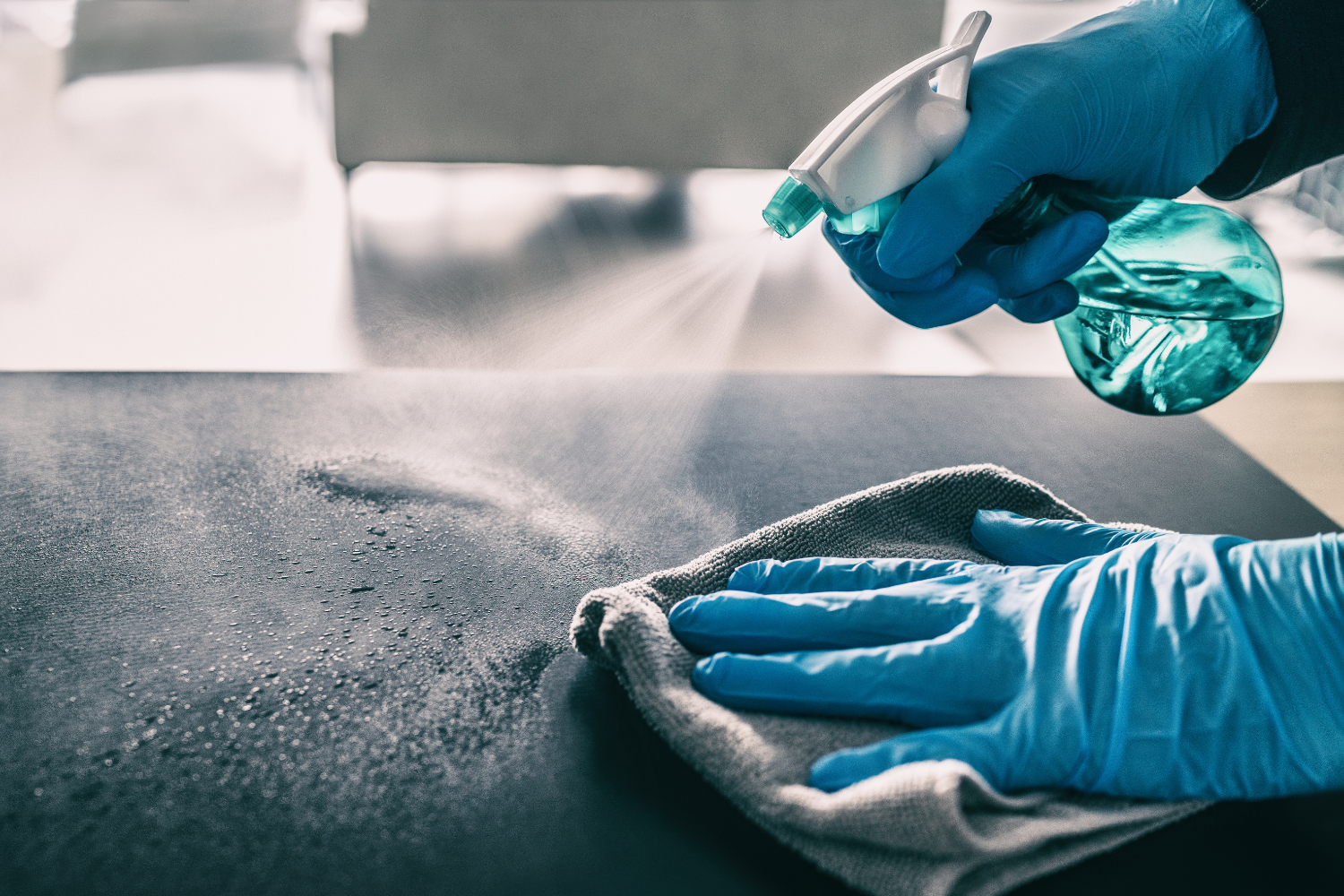Disinfection - what is it? Find out today and get answers to the questions: does disinfection kill viruses?, what percentage of alcohol for disinfection ensures the highest effectiveness? and what is better - ozonation or disinfection?
WHAT DOES DISINFECTION MEAN?
Disinfection is a process aimed at removing dangerous microorganisms, including parasites, viruses, bacteria and fungal spores, from various surfaces, e.g. tools, devices or accessories.
Few people are aware of what disinfection actually is, what its advantages are and for what purpose it is used in private homes, dental offices, tattoo parlors and medical facilities.
Before answering the question of how disinfection is performed, it is worth being aware that disinfection cannot eliminate all microorganisms. Some spore forms may remain intact on the cleaned surface for a very long time - then, in particularly demanding cases, sterilization should be carried out.
WHAT IS DISINFECTION?
Disinfection - how to do it in such a way as to achieve the highest level of effectiveness? First of all, you need to choose the appropriate solution and means to carry out this process. It is always worth using protective gloves - these accessories effectively protect the skin against damage and irritation.
CHEMICAL DISINFECTION
It is carried out using various chemical preparations that destroy microorganisms by inducing a specific chemical reaction. A good choice is alcohol with appropriate concentration and special agents containing substances dangerous to bacteria or viruses, such as oxidants or metal compounds.
- What alcohol to disinfect? It is worth using ethyl and isopropyl - these are two variants with definitely the best performance parameters, easily available and relatively inexpensive.
- What concentration of alcohol for disinfection is most effective? The best choice, both because of the ease of purchase and the safety of use, is alcohol with a concentration of 80%, which allows you to fight particularly troublesome microorganisms. A value lower than 50% provides virtually no effectiveness.
THERMAL AND PHYSICAL DISINFECTION
The optimal solution is usually water vapor at a temperature exceeding 100°C, supplemented with UV radiation. This treatment destroys most microorganisms, but not those in spore form.
DISINFECTION COMBINING BOTH OF THE ABOVE SOLUTIONS
Usually the most effective, but also the most expensive, it provides predictable results and an effective fight against dangerous microorganisms. Does such disinfection destroy viruses? Definitely yes - it guarantees high efficiency, but also generates high costs, which is worth keeping in mind.
SHORT QUESTIONS - SHORT ANSWERS
Is ozone used for air disinfection? As it turns out, yes, but only in closed rooms, where there may be many microorganisms suspended in the air. It is also an excellent choice for removing unpleasant, unpleasant odors.
Washing or disinfection first? First, each surface, including hands, should be washed and then disinfected using specialized disinfectants.
You already know what the word disinfection means and why it is worth using. We encourage you to carry out this process paying attention to the smallest details - even those that seem insignificant. Disinfection is important to stop the development of diseases and their transmission, so it is important to perform it as often as required.





